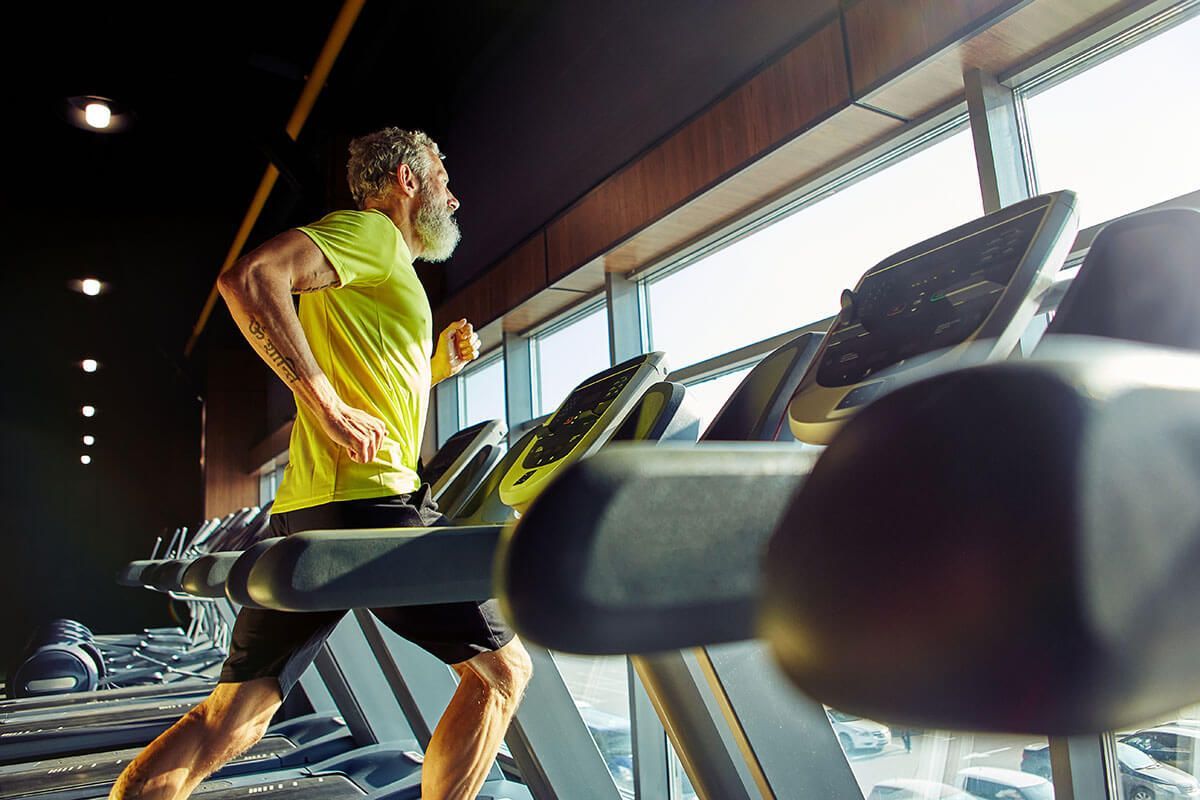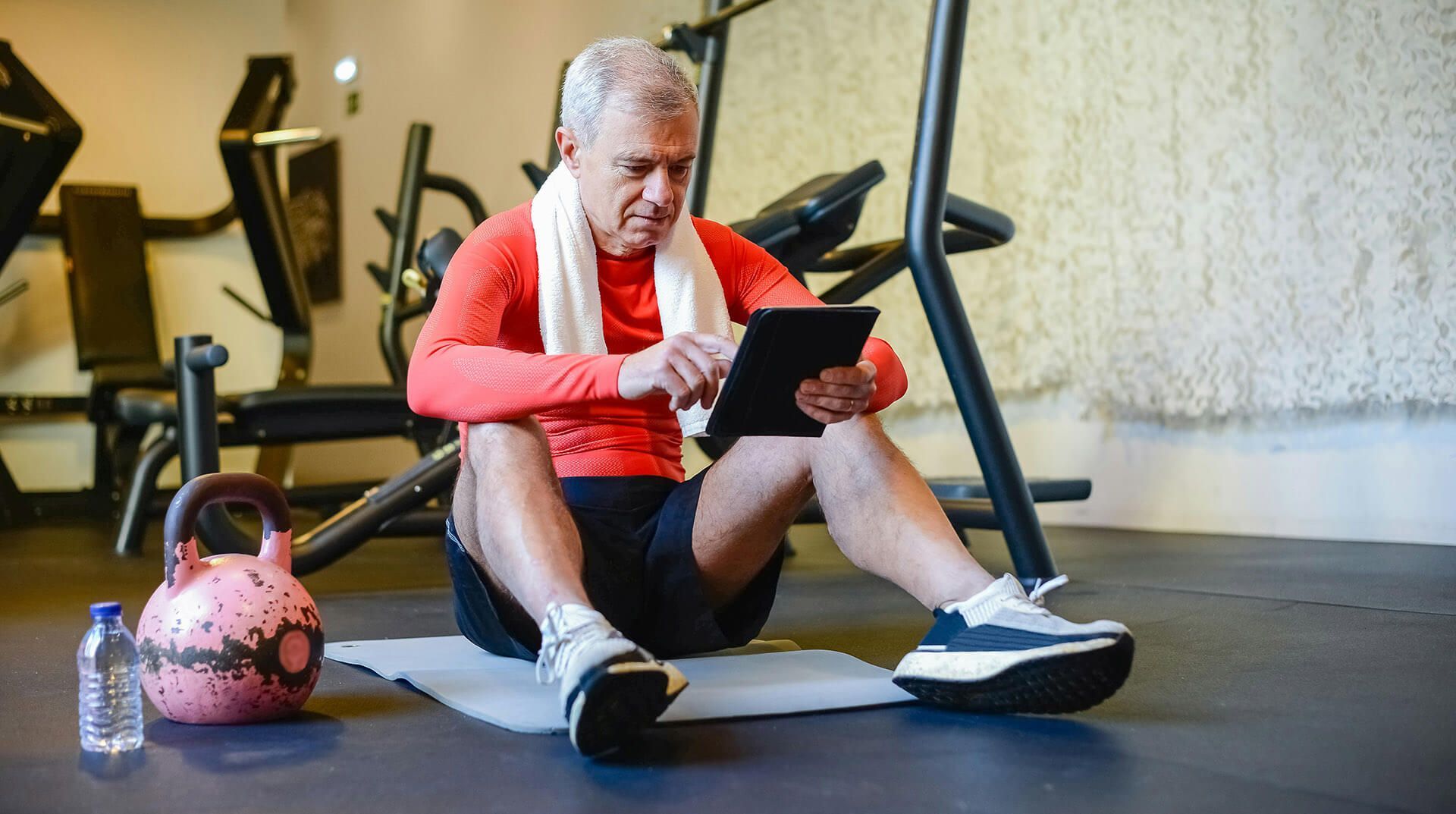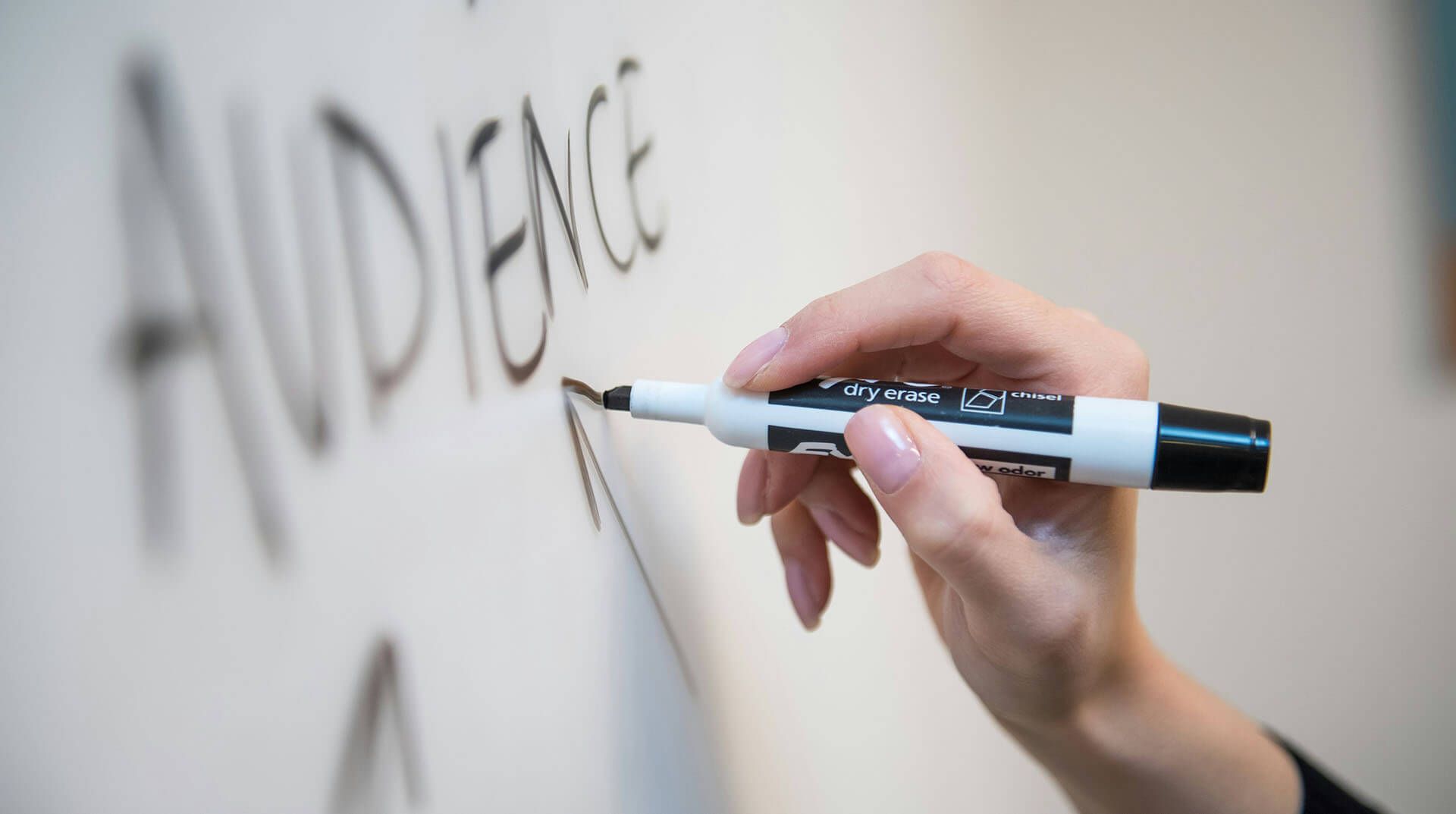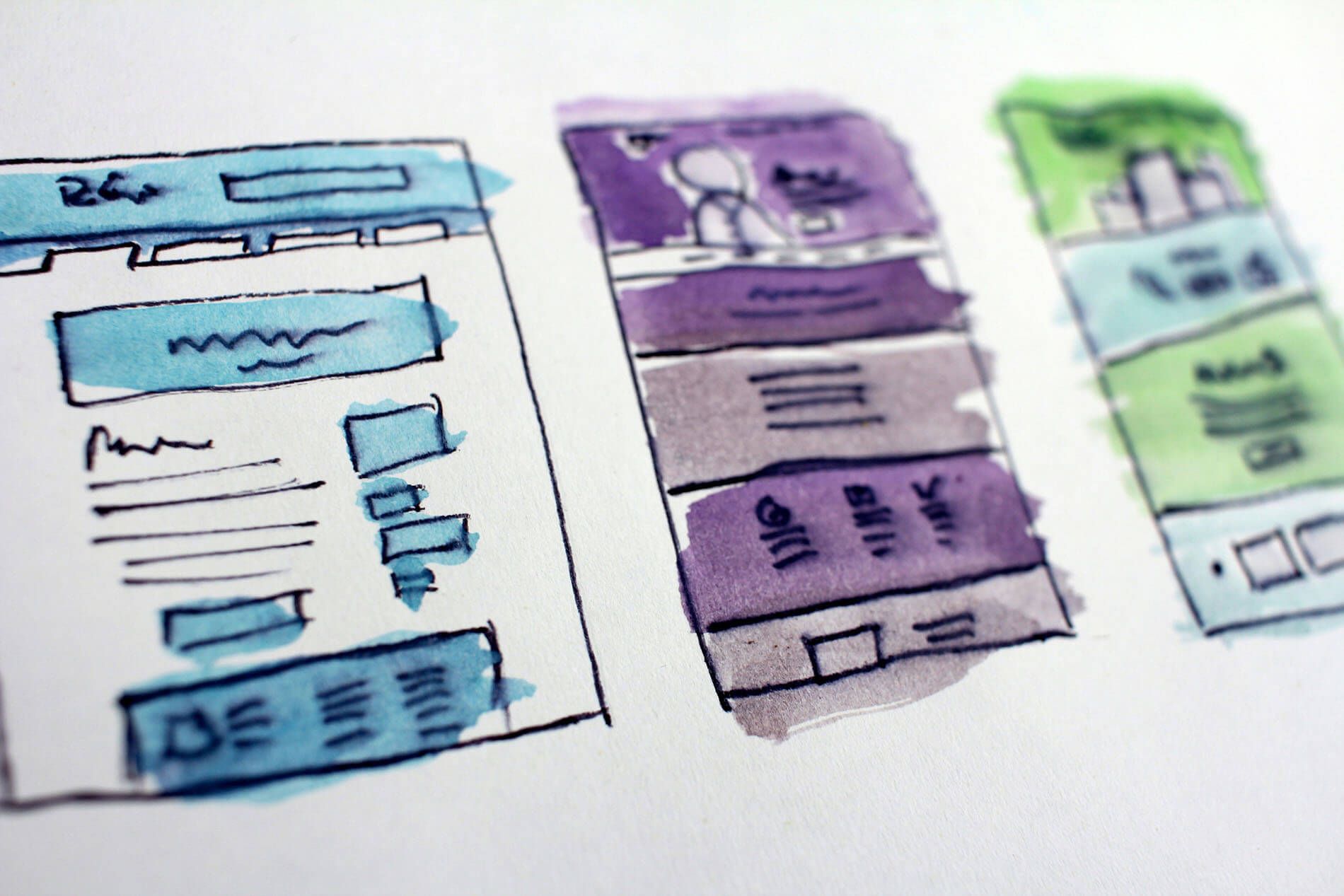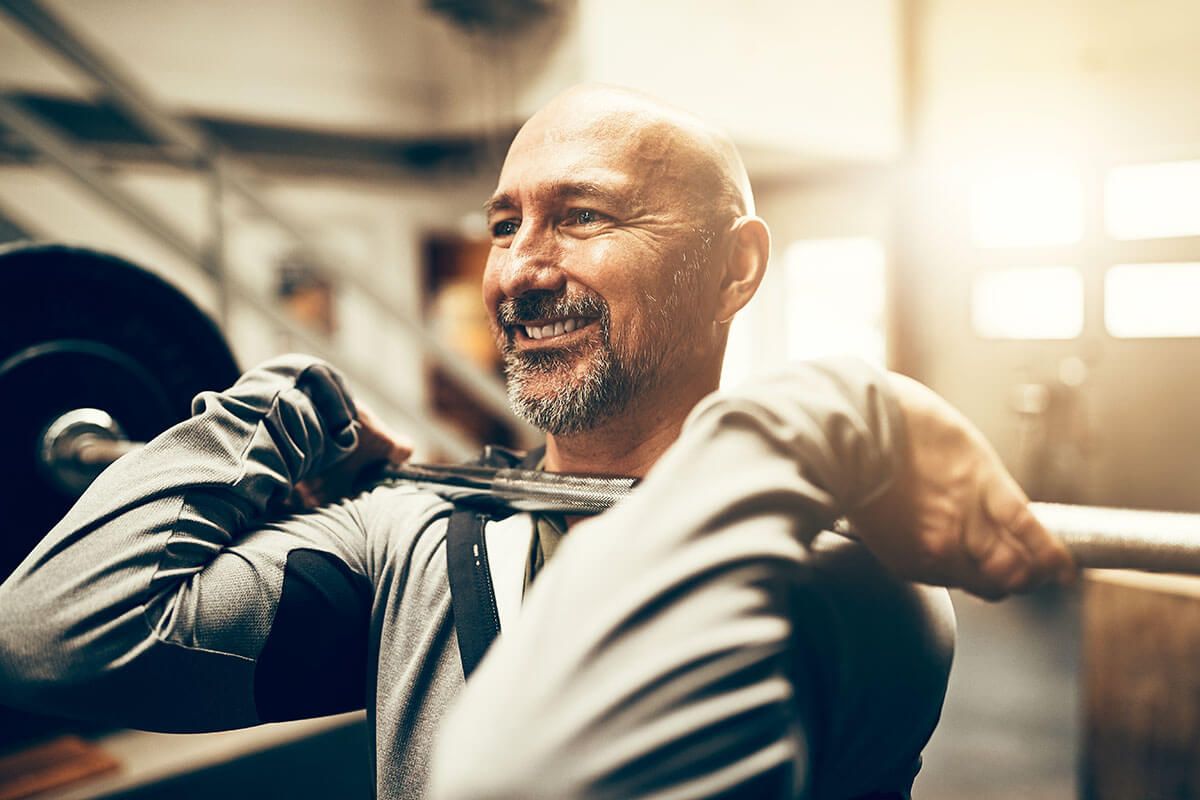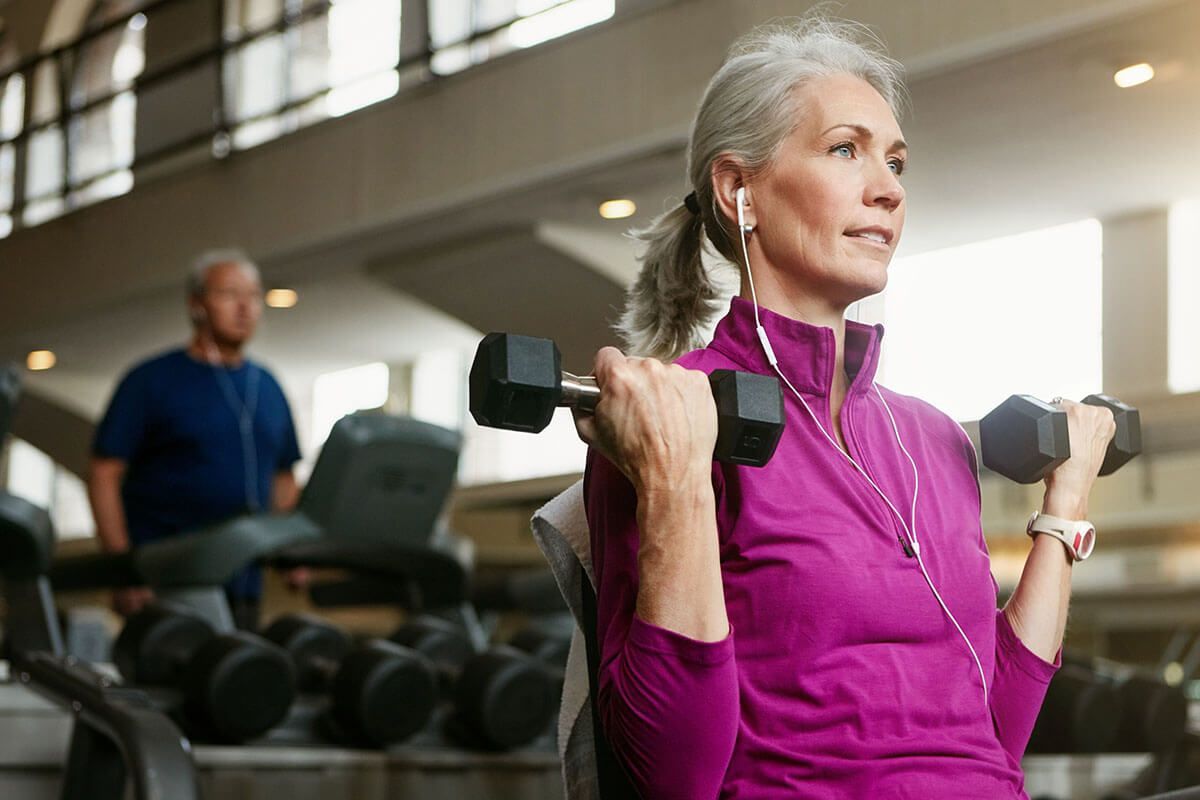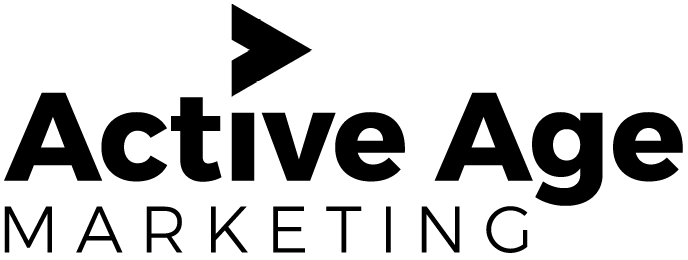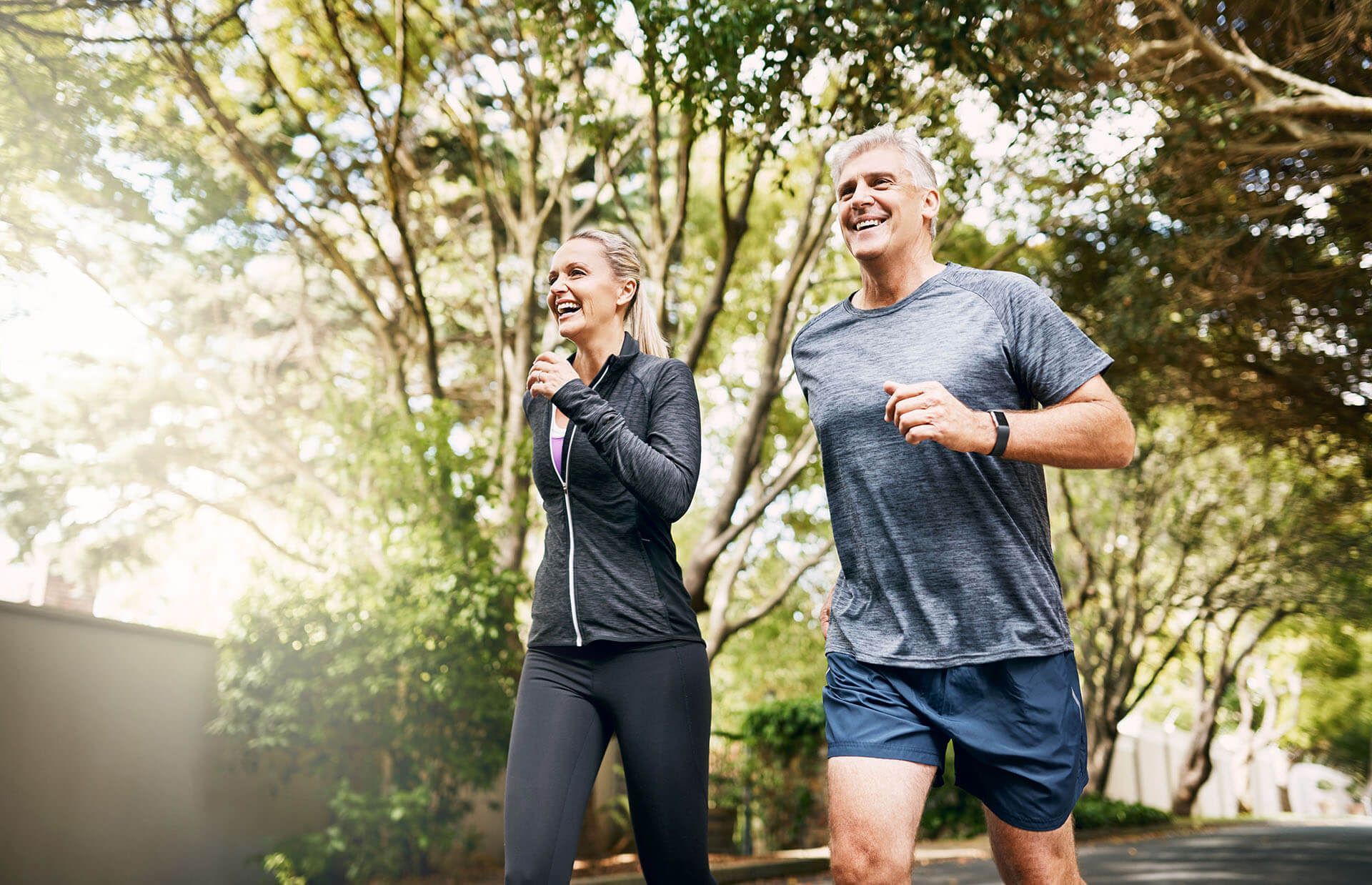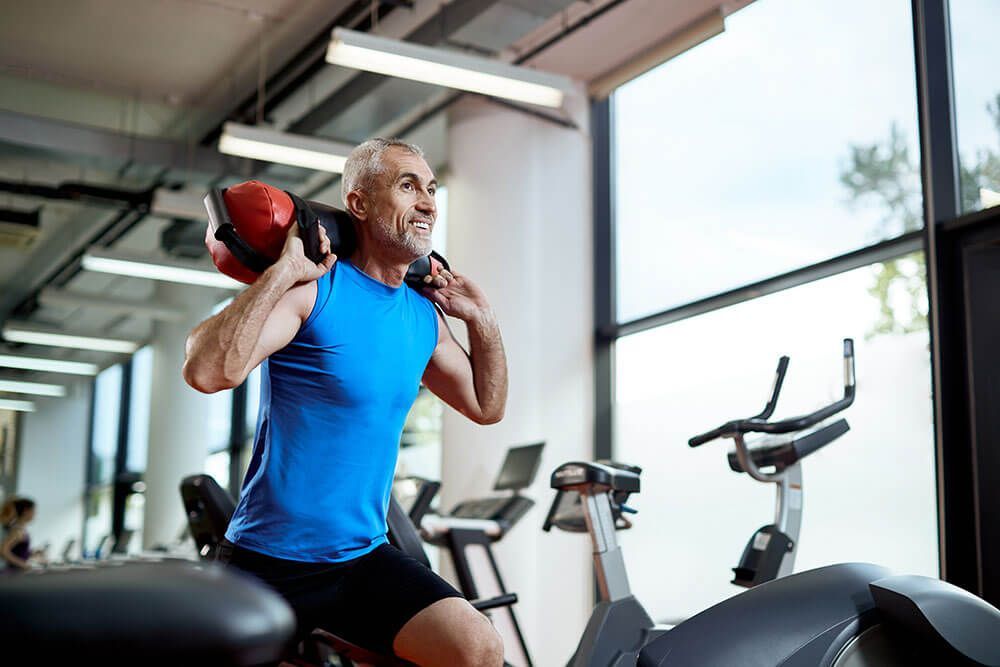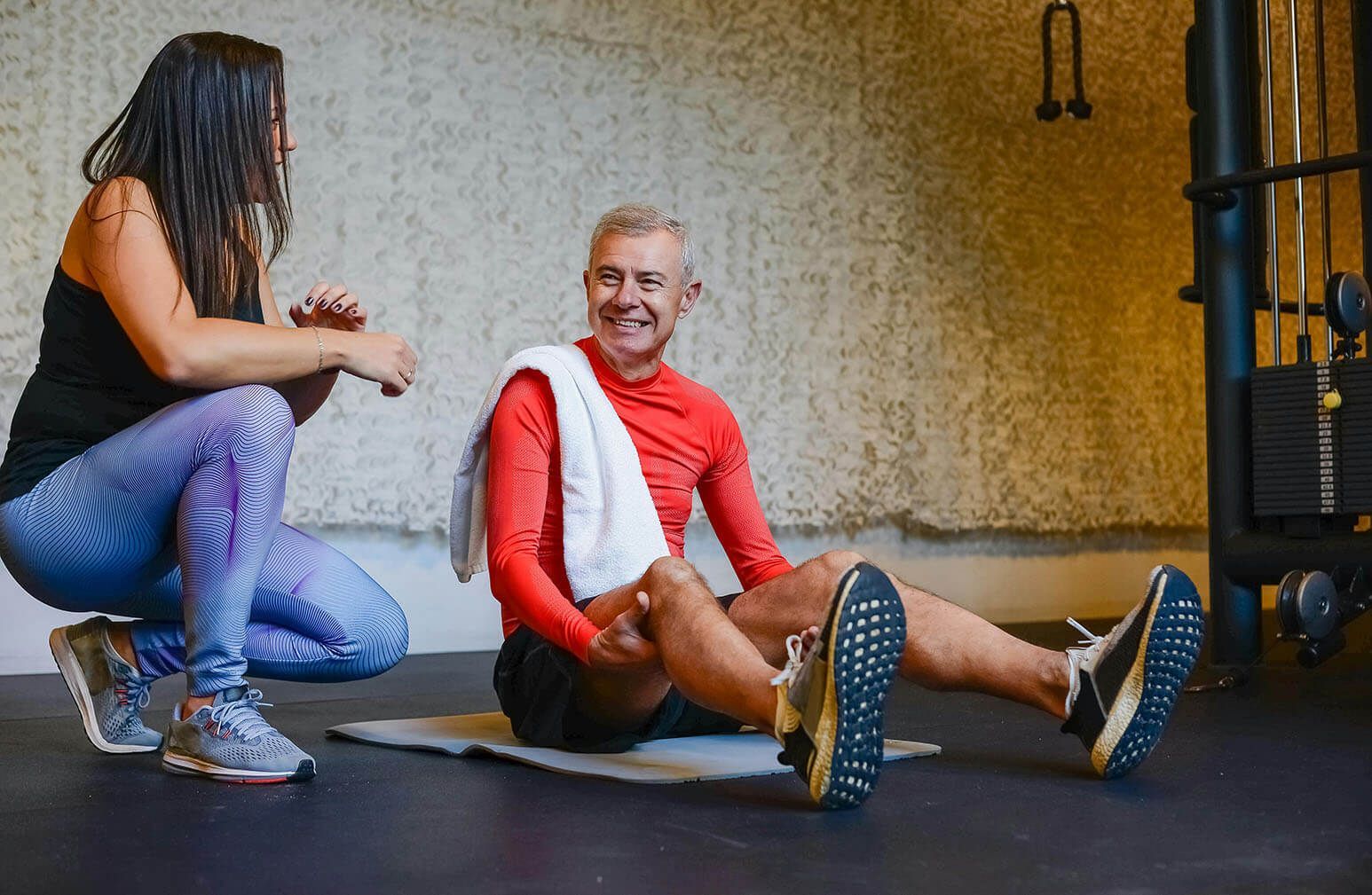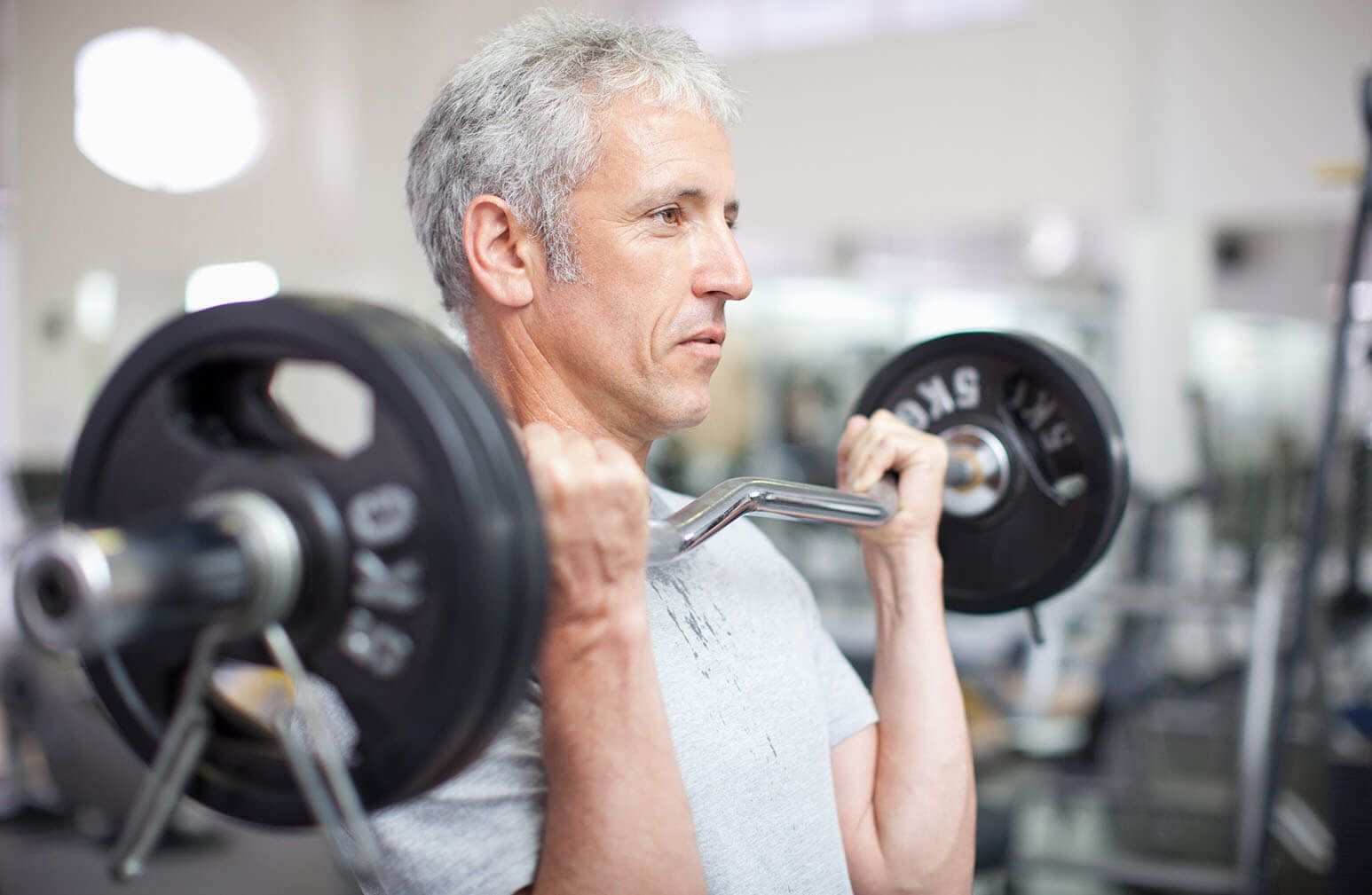By Craig McBreen
•
October 27, 2025
Your wellness brand is invisible to Active Agers, and I’m about to reveal the surprising reason why. First, who are active agers? Active Agers are people, 50 and older, who embrace aging by remaining physically, mentally, and socially active. They're eager to get fit, have the time and money to invest, and hold significant wealth. In a nutshell: Ignoring a group that controls 70% of U.S. wealth and craves tailored fitness solutions is a costly mistake. Health and wellness brands often overlook the 50+ crowd by chasing Gen Z or Millennials. Or relying on outdated stereotypes. For example, many assume this group is tech-averse or less active, but nothing could be further from the truth. Active Agers are tech-savvy and deeply invested in fitness and nutrition. They hit the gym, try apps, and buy supplements, but many brands aren’t speaking their language. Here’s how key segments are missing out, and how to fix it: Gyms: Missing the mark with intimidating and generic programs Gyms cater to younger crowds, leaving the 50+ crowd feeling out of place among “gym bros and gals”. If you've been to a big box gym, you know what I'm talking about. Big gyms can intimidate newcomers, especially those over 50, with loud music, a 20- to 30-something demo, and complex equipment. Many gyms lack programs like joint health, mobility, or strength training for aging bodies. They also underestimate the drive and capability of active agers who are eager to lift heavier, run faster, jump higher, and elevate their game. They’re often treated as frail and old, but they feel vibrant and want respect, not pity. And they are a diverse group with different goals and needs. Recent trends show progress, but gym owners need to catch up because there is a huge opportunity here! How to fix it: Ditch the “frail” stereotype. Active Agers don’t see themselves as old, so don’t treat them like old people. At the same time, don’t assume they have the same fitness level or goals as your 35-year-old client. Offer welcoming, flexible programs for all fitness levels. Embrace their vitality and determination. Highlight their goals. Promote benefits such as improved mobility, heart health, and mental clarity. Show it’s never too late. Feature real 50+ members crushing workouts to inspire confidence. This group ranges from those seeking greater mobility and vitality to others determined to build serious strength and excel. Nutrition and Supplement Brands: Chasing the Wrong Crowd Nutrition and supplement brands target younger, fitness-obsessed consumers, often neglecting Active Agers. Why do some brands miss this? As Melaina Juntti explains in why natural product marketers shouldn't overlook aging consumers , "There are several reasons. For one, marketers are taught in school that 18-to-34 is the demographic that matters most, and that capturing this cohort is the ticket to gaining cultural traction." Another factor is that most marketers are young. "Only 6% or 8% are age 50 and older," Jeff Weiss, founder of Age of Majority, notes in Juntti’s post. "The reality is that once you turn 40, you are considered a dinosaur in this industry." "But when thinking about older consumers, people often think of stereotypes, such as an old guy sitting in a rocking chair just waiting to die." And, funny enough, I’ve seen 20-somethings refer to anyone over the age of 40 as “Boomers.” But today's active agers are nothing like those of the past. Some might think “old fart,” but aging is a VERY different thing now. The 50+ crowd is lifting weights, running, doing Pilates, and staying fit. But the problem is that this is not how most brands view older adults. Age of Majority reveals that 75% of Americans aged 55 and up qualify as "active agers," people who stay physically, mentally, socially, and digitally engaged. They’re an affluent, educated, and tech-savvy demographic focused on health and quality of life. Unlike previous generations, they embrace aging without fear, focusing on feeling and looking their best at their current life stage rather than chasing youth. AND they are willing to invest in premium foods, drinks, and supplements to age well. I know, because I’m in the demo! A survey by Age of Majority of 785 active agers showed strong engagement with natural health products: 65% see them as complements to traditional medicine. 17% as preferred alternatives. Currently, 61% use these products. Of those consumers, 81% do so at least daily. So, this is a HUGE market! Data shows 63.8% of women over 45 take supplements, far outpacing younger men, yet messaging rarely addresses their specific needs, like bone health or energy support. So, instead of just leveraging influencers like 20-something triathletes or podcast hosts with a younger audience, spend more time figuring out how to market to this lucrative audience. How to fix it: Speak their language. Create campaigns on gut health, heart health, or cognitive support, not just six-pack abs. Use relatable faces. Swap the ripped influencers for 50+ ambassadors who embody vitality and authenticity. Skip stock shots and find people who are using your products. Find 50+ influencers to boost your brand on social media and YouTube. Educate, don’t sell. Write content explaining how your products address their needs. The 50+ market is not a niche but a broad, diverse group, retired, semi-retired, or super active, seeking to move better and improve health span. Collaborate with fitness pros to create co-branded content. Share success stories via email or YouTube, showing Active Agers thriving with your supplements. These clients are the best. They pay on time, show up, and stick with brands that build trust. Encourage their loyalty with subscription models to foster ongoing engagement and steady revenue. Online Fitness Platforms: Prioritizing High-Intensity Over Adaptation Online fitness platforms often prioritize intense, youth-focused workouts, leaving Active Agers sidelined. Youth-focused content works for Gen Z and Millennials, but to captivate the 50+ crowd, you need to offer tailored programs that resonate with their goals. Many stream HIIT sessions or bootcamps, which are designed for quick results, assume users want extreme challenges. But many people in the 50+ crowd want routines that build strength, balance, and endurance without risking injury. The 50+ market is a broad, diverse group, from sedentary starters to competitive 70-year-olds. Each person has unique fitness needs, from joint-friendly exercises to heavy lifting. They overlook the 50+ crowd's tech-savviness. Smartphone ownership among adults aged 50 and older is high, with nearly 80% or more using them. This widespread adoption reflects how active agers increasingly rely on mobile technology for communication, health management, and daily tasks. The older demo primarily seeks programs that support sustainable habits and lifestyle changes. And they are very interested in nutrition, independence, and health span. Don’t miss the opportunity to engage this loyal, high-spending demographic eager for digital fitness solutions that fit their lives. How to Fix It: Adapt workouts for real needs. Create dedicated sections for low-impact classes focusing on mobility, core stability, and functional strength. Offer progressions. Include beginner-to-advanced options with clear modifications. Streamline navigation with intuitive layouts, bold icons, and clear filters. Yes, we have a more than capable group here, but they don’t have 25-year-old eyes ;) Highlight results that matter. Promote benefits like daily energy boosts or injury prevention, not just "shredded abs." Feature a range of stories. Showcase 50+ users in videos, from grandpas running 5Ks to women building muscle post-menopause. Test with the audience. Survey Active Agers on preferred formats—live classes mid-day work well for their schedules—and iterate based on feedback. Seize the Active Ager Goldmine As Jeff Weiss of Age of Majority recently stated on LinkedIn, "Almost 2/3 of Active Agers are taking steps to proactively maintain or improve their overall health. While some brands have recognized this behaviour, others are still focused on targeting younger adults who often don't have the money and buy their products. Time to follow the money!" The 50+ market isn’t just big. It’s loyal and ready to invest. Stop blending into the background. With tailored programs and authentic messaging, you can become their go-to brand. Let’s make your wellness business impossible to ignore .
